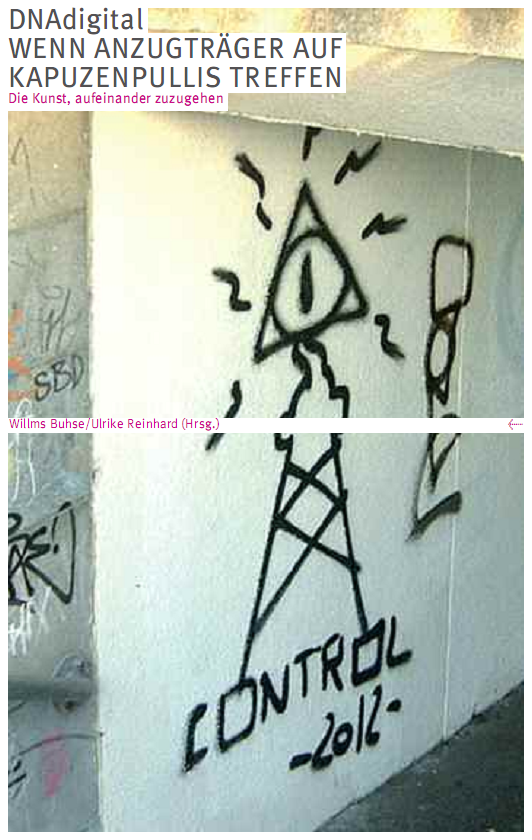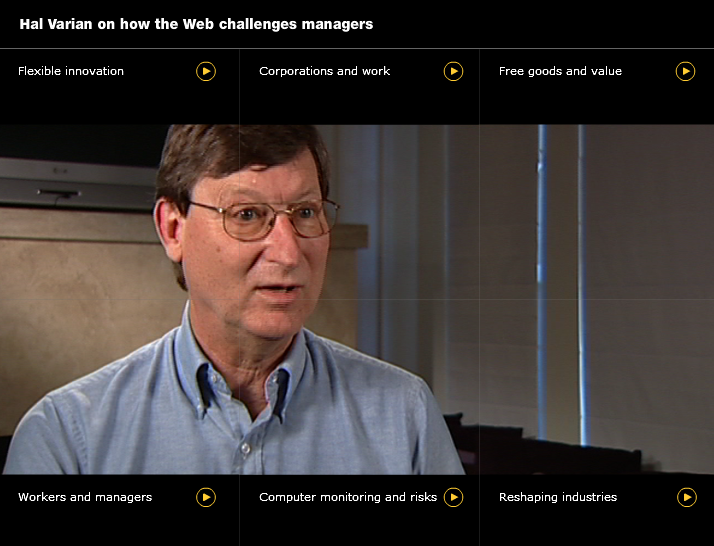Social business pinboard links for April 5th, syndicated automagically:
- References+ von Siemens BT: Die Fallstudie auf e20cases – References+ ist eine Web-Anwendung zum weltweiten Austausch von Wissen, Erfahrungen und Best-Practices innerhalb des Siemens-Intranets. Nicht die IT-Anwendung als solche, sondern die derzeit ca. 8.100 Mitglieder umfassende Nutzer-Community bildet den Hauptfokus zum effizienten Wissensaustausch. Im Sinne von „Social Networking“ möchte References+ Siemens-Mitarbeitende über organisatorische, hierarchische und geographische Grenzen hinweg vernetzen und diese zur direkten Kommunikation untereinander animieren. Es kann beobachtet werden, dass der dadurch initiierte Wissenstransfer nicht nur über die Anwendung, sondern auch parallel dazu über rein bilaterale Kommunikation stattfindet.
- Collaborative BPM: Key components for success – TIPS FOR SUCCESS WITH COLLABORATIVE BPM In terms of managing the human element, Palmer says it is vital to have someone to assist the process. But he emphasizes that the person filling that role should function as a facilitator, rather than as a dictator. “You will never achieve a situation where everyone is equal in the process, but you need someone to focus on democratizing it as much as possible,” he says.
- Innovative initiatives and challenges on management – 1- Eliminate the pathologies of the formal hierarchy
2- Redefine the work of leadership
3- Reduce fear and increase trust.
4- Expand and exploit diversity
5- Expand the scope of employee autonomy.
6- Create an internal market for ideas, talent and resourcesThese are some of the challenges that will be released every day if we want that the ideas overcome barriers due to its implementation. The bet on creativity has to be done and win.
- Netz-IQ: In der Gruppe intelligenter als einzeln | doubleYUU GmbH & Co. KG – Auf der einen Seite kluge Gruppe, auf der anderen Seite der tumbe Mob? Wie ist diese Diskrepanz zu erklären? Für ihre Untersuchung nutzten die Forscher einen Intelligenztest, der auf abstrakt logischem Denken basiert, die soziale Intelligenz wird also nicht gemessen. Daher lässt sich die vermeintliche Gruppenintelligenz nicht auf gesellschaftliche Fragen übertragen. Das Web 2.0, in diesem Fall Facebook, bietet vielen die Möglichkeit als „Opinion Leader“ aufzutreten und Gruppen zu bilden. Diese Gruppen sind zwar ähnlich, wie in der Untersuchung von Microsoft, homogen; befassen sich aber mit Fragestellung bei denen es nicht darum geht logisch zu denken sondern zwischen gesellschaftlich falsch und richtig zu entscheiden. Das ist in der Gruppe genauso komplex, wie für eine einzelne Person, egal ob off- oder online.
- CK2C Communities Guide – home – Capitalizing Knowledge, Connecting Communities (CK2C) Communities Manual Welcome! CK2C and FRAMEWeb.org have developed this online manual to support communities and collaboration. CK2C is a US Agency for International Development project to strengthen knowledge sharing and learning in natural resources management. We have compiled the resources on this site from the US Agency for International Development , building from the "Communties@USAID Technical Guide" and other sources, as a one-stop manual for starting, maintaining and closing down online communities. It is a work in progress and we are looking for feedback. For comments or to request permission to edit pages – please write to frame@dai.com

